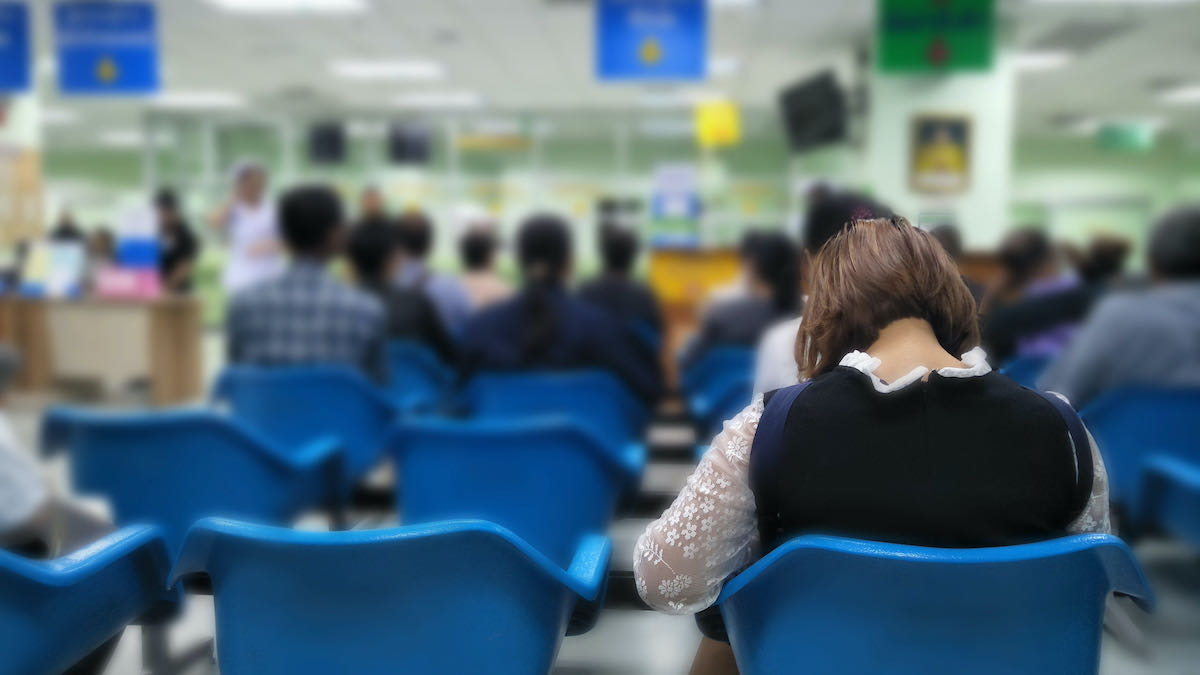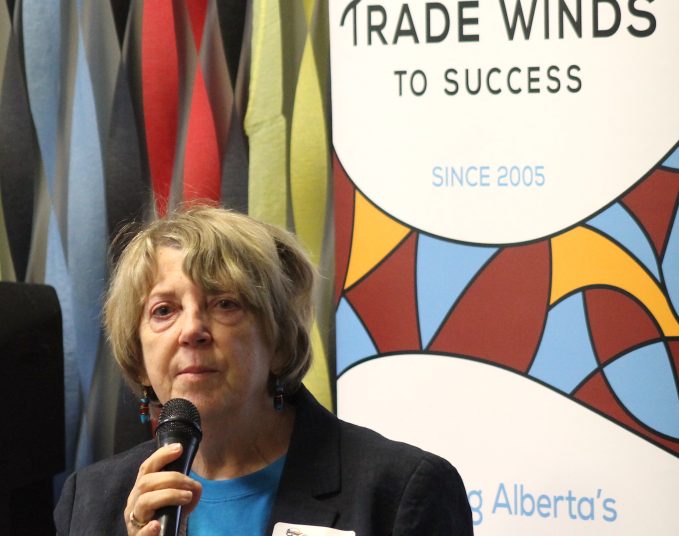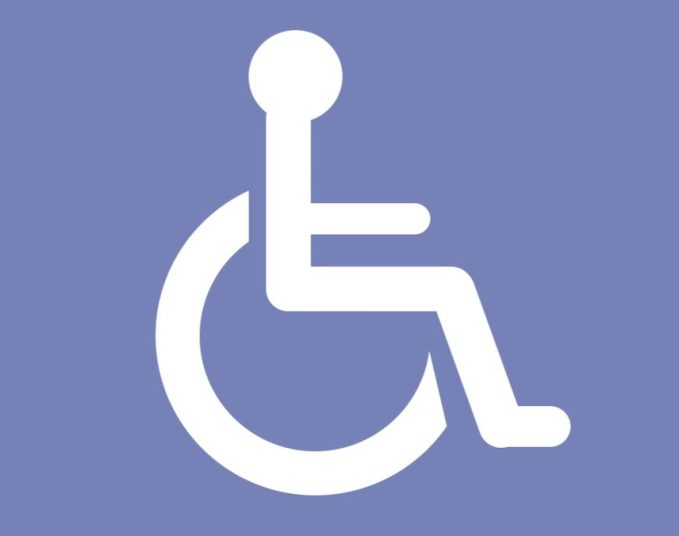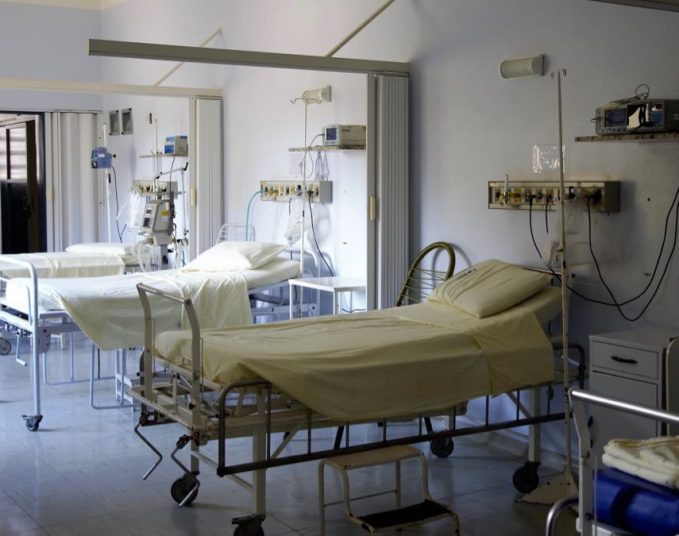Do the Indigenous Peoples of this region need dedicated advocates to speak out for greater equity in health care?
Confederacy of Treaty No. 6 First Nations Grand Chief Cody Thomas thinks so. The Confederacy launched a new “health experience” survey this week. It is looking for Indigenous residents to answer some frank questions about their experiences in the health-care system.
The long-term goal is to create an Alberta Treaty No. 6 Health Advocate Office. But, in the short term, according to the Confederacy, “we will use the information and stories from the survey to help enhance advocacy efforts, and to strengthen partnerships with government agencies for access to health care that is culturally safe and free of racism.”
These moves are a reaction to the federal government’s 2021 announcement to spend $126.7 million over the next three years to address anti-Indigenous racism within the country.
“Many of our people do not feel respected or heard when accessing Alberta’s health care system,” says Candace Bird, health policy analyst for the Confederacy of Treaty No. 6. ” An advocacy office will help address the mistreatment and discrimination experienced by our people when accessing Alberta’s health-care system. This office would also help build more trust in the health-care system, bring issues to light and address many of the barriers our members face.”
The federal government has led four national “dialogues” on racism in the health-care system between 2020 and 2023. One of the major findings was the “need to improve the approach to data collection and monitoring progress on reducing anti-Indigenous racism in health systems.”
Basically, exactly what this study hopes to achieve — to transform anecdotes into hard numbers.
Of the $126.7 million, nearly a third is allocated to health “navigators” and patients’ advocates. These are people who will help Indigenous patients better make their way through the health-care system.
In 2023, Statistics Canada released a study that showed Indigenous Canadians are less likely to have regular doctors than the norm. A little more than one in five First Nations people living off reserve (20.3 per cent) don’t have regular health-care providers; that number sits at 17.9 per cent for Métis and a whopping 56.5 per cent for Inuit. The Canadian average is 14.5 per cent.
In 2022, the University of Alberta’s Patrick McLane co-authored a study on the treatment of Indigenous patients in the emergency wards of this province’s hospitals. That study looked at how Indigenous patients were triaged compared to non-Indigenous patients. It found that, if an Indigenous person came to emergency with a “long bone fracture,” he or she was only 82 per cent as likely to be treated as urgently as a non-Indigenous person suffering a bone break. For respiratory infections, 90 per cent. And, for anxiety disorders, that number drops to 67 per cent.
McLane was part of a 2024 study that showed that Indigenous patients are almost twice as likely as non-Indigenous patients to leave an emergency ward before they’re able to get treatment. The study showed that Indigenous patients are three times as likely to not complete treatment for long bone fractures, and twice as likely when it comes to respiratory infections. But, when it comes to opioid related diagnoses, the disparity comes down. According to the abstract, “not completing treatment” means that a hospital visit ends “in the patient leaving without being seen or against medical advice.”
So, these two studies indicate that Indigenous patients aren’t as likely to be treated as urgent care, and are far more likely to leave the emergency wards without completing treatment.
Savvy AF. Blunt AF. Edmonton AF.




